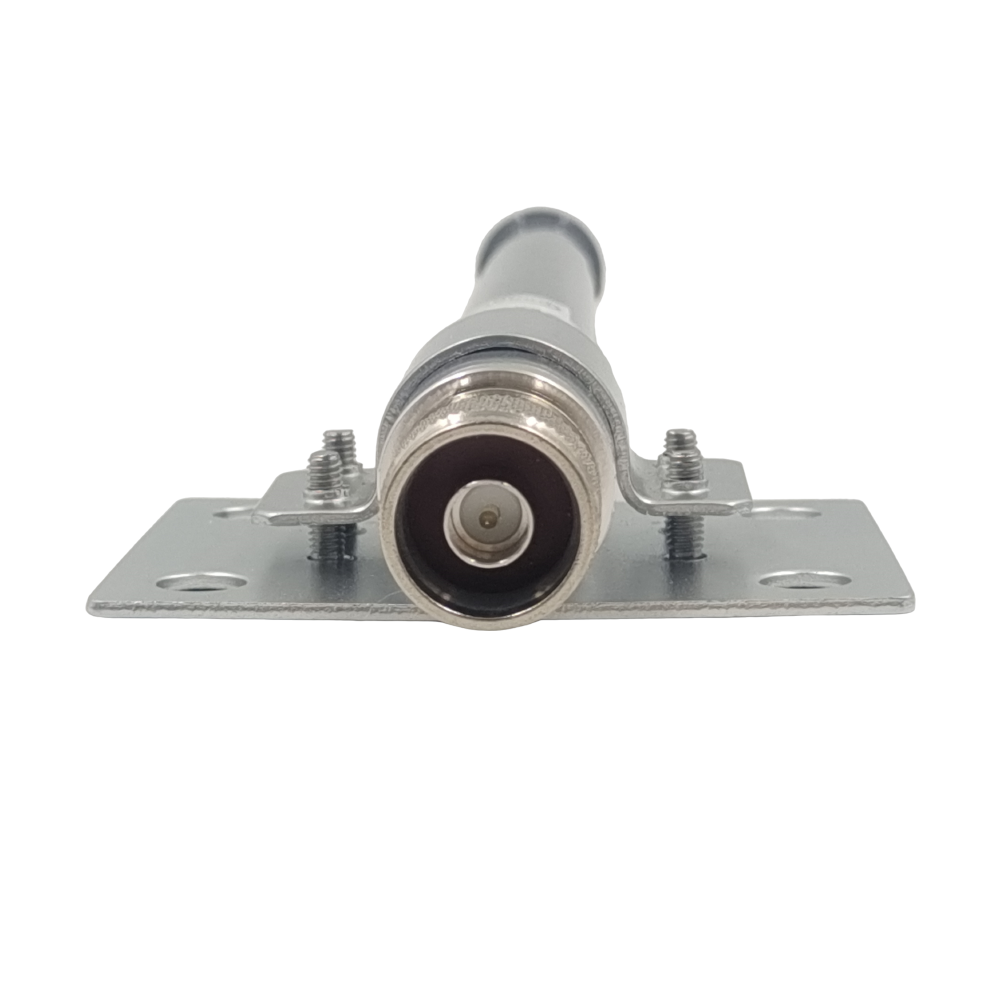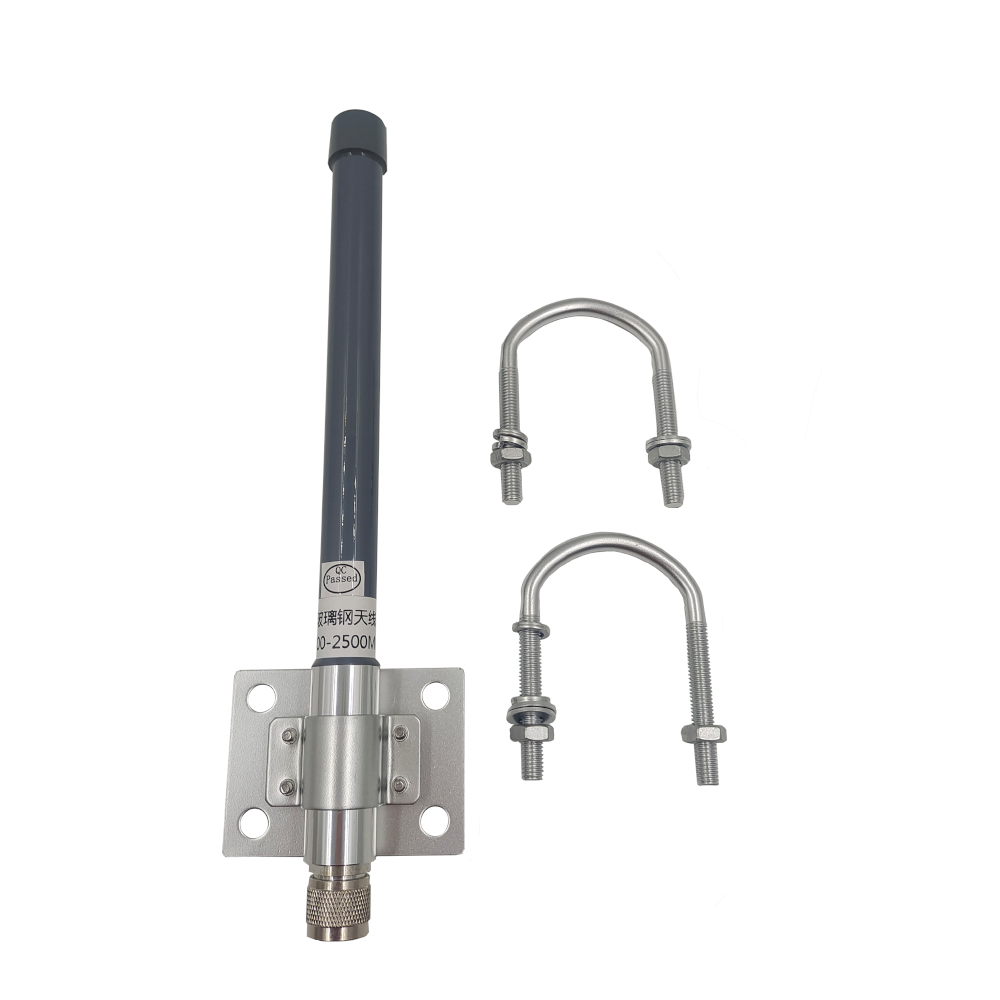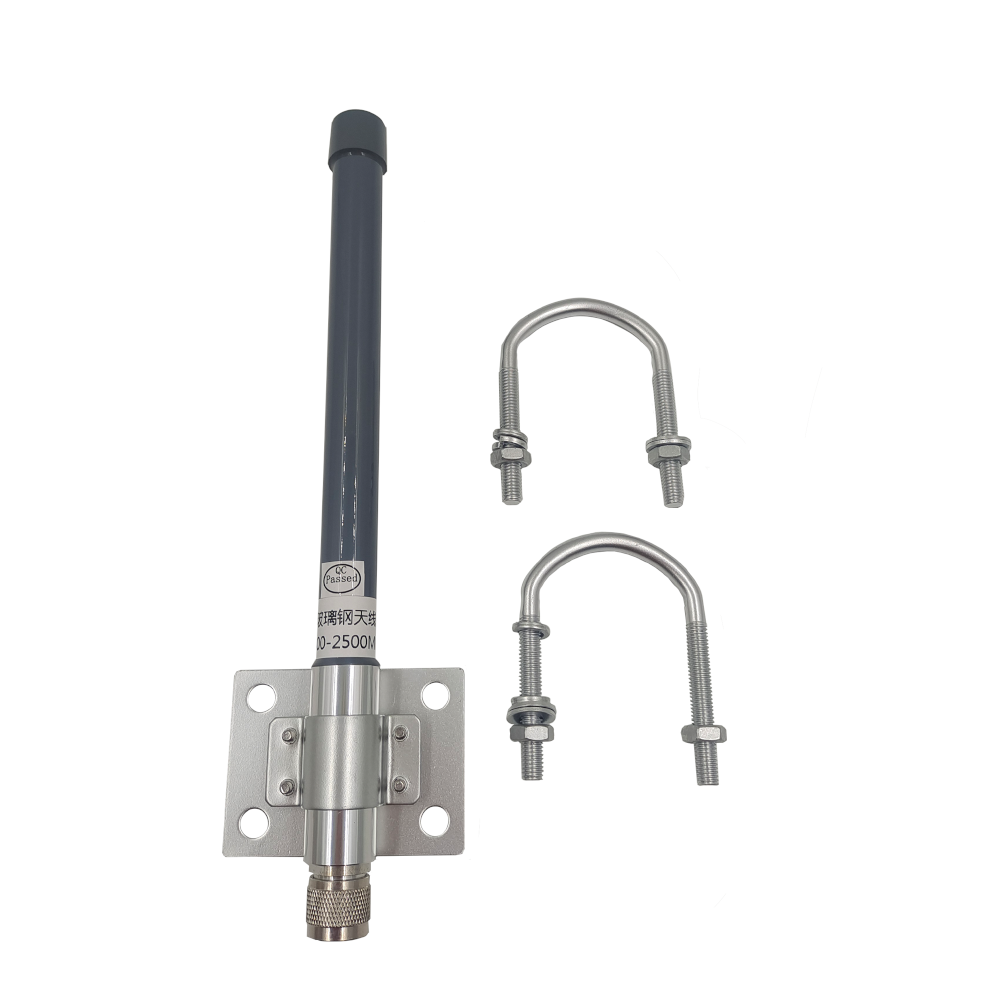Overview
1.1 Market Drivers and Evolution
The proliferation of location-based services (LBS) and IoT has fueled exponential growth in the low profile SMD GPS antenna market. For instance, the global GPS antenna market is projected to grow at a CAGR of 8.2% from 2024 to 2030, driven by demand for precision agriculture, autonomous vehicles, and smart city infrastructure. Key milestones include:
2010s: Introduction of ceramic patch antennas with embedded LNAs (e.g., Taoglas’ AP.10G series).
2020s: Dual-band (L1/L5) modules like Antenova’s M20048-1, enabling centimeter-level accuracy.
2023–2030: Emergence of AI-optimized signal processing and flexible substrates (e.g., LCP, liquid crystal polymer).
1.2 Key Technical Specifications
Modern low profile SMD GPS antenna modules typically feature:
Dimensions: 3–15 mm in length/width, 0.5–4 mm in height.
Frequency Bands: L1 (1575.42 MHz), L5 (1176.45 MHz), with multi-constellation support.
Gain: 0–3 dBi (passive) to 15–25 dBi (active with LNA).
Noise Figure: <1.5 dB for high-sensitivity designs.
Impedance: 50 Ω, matched via microstrip or embedded capacitors.
Operating Temperature: −40°C to +85°C (industrial grade).
1.3 Representative Products
Antenova M20047-1:
Dimensions: 7.0 × 7.0 × 0.9 mm.
Features: Integrated LNA (14 dB gain), SAW filter, RHCP polarization.
Applications: Smartwatches, medical wearables.
Taoglas HP5354.A:
Dimensions: 35 × 35 × 4 mm.
Features: Dual-band L1/L5, “patch-in-a-patch” design, 2.61 dBi peak gain.
Applications: Autonomous drones, precision agriculture.
u-blox ANN-MB1:
Dimensions: 10 × 10 × 2.2 mm.
Features: Multi-constellation (GPS/QZSS/GLONASS), 28 dB gain LNA.
Applications: Asset trackers, vehicle telematics.
Design and Construction
Low profile SMD GPS antenna modules employ a hybrid architecture combining passive radiators, active signal conditioning, and advanced packaging techniques. This section dissects their core design elements.
2.1 Antenna Geometry and Materials
2.1.1 Ceramic Patch Antennas
The most common radiator type, ceramic patches exploit high-dielectric-constant (εᵣ) materials (e.g., εᵣ = 36–90) to shrink resonant wavelengths. For example:
A 7 mm ceramic patch (εᵣ = 36) resonates at ~1575 MHz for GPS L1.
Thickness (0.3–1 mm) affects bandwidth; thinner patches offer wider bandwidths but lower efficiency.
2.1.2 Patch-in-a-Patch Design
Taoglas’ HP5354.A innovates by embedding a secondary L5-band patch within the primary L1 structure. This dual-layer approach enables:
L1 Band: Top patch (35 × 35 mm) for 1575.42 MHz.
L5 Band: Bottom patch (30 × 30 mm) for 1176.45 MHz, isolated via a low-εᵣ spacer.
2.1.3 Flexible Substrates
Emerging modules use liquid crystal polymer (LCP) substrates for bendability, critical for wearables. LCP offers:
Dielectric Constant: εᵣ = 3.0–3.5 (stable across frequencies).
Thermal Stability: Coefficient of thermal expansion (CTE) <10 ppm/°C, minimizing warping.
2.2 Active Components Integration
2.2.1 Low-Noise Amplifiers (LNAs)
LNAs boost weak satellite signals (−130 dBm to −160 dBm) while adding minimal noise. Key parameters:
Gain: 10–28 dB (e.g., u-blox ANN-MB1: 28 dB).
Noise Figure (NF): <1.5 dB (critical for maintaining C/N₀ > 27 dB-Hz).
Power Consumption: 5–20 mA at 1.8–3.3 V (optimized for battery-powered devices).
2.2.2 Surface Acoustic Wave (SAW) Filters
SAW filters suppress out-of-band interference (e.g., cellular signals at 1.8–2.4 GHz). For example:
The M20047-1’s SAW filter provides >40 dB attenuation outside 1565–1585 MHz.
Insertion loss: <1.5 dB at passband (1575 ± 2 MHz).
2.2.3 Impedance Matching Networks
Microstrip lines or embedded capacitors/inductors match the antenna’s 50 Ω impedance to the receiver. Mismatches cause reflections, degrading sensitivity.
2.3 Packaging and Mounting
2.3.1 SMD Compatibility
Modules adhere to JEDEC standards for automated pick-and-place assembly. For example:
The M20047-1 uses a 0.4 mm-pitch LGA (land grid array) package.
Reflow soldering profiles peak at 260°C for 10 seconds (compatible with lead-free processes).
2.3.2 Thermal Management
High-power LNAs generate heat, requiring:
Thermal Vias: Copper-plated vias transfer heat to PCB ground planes.
Heat Sinks: Metal slugs (e.g., aluminum) embedded in ceramic packages (e.g., HP5354.A).
2.3.3 Ground Plane Requirements
Performance depends on PCB ground plane size and material:
Minimum Size: 30 × 30 mm for basic modules; 70 × 70 mm for dual-band designs.
Material: FR4 (εᵣ = 4.4) is standard; Rogers 4350B (εᵣ = 3.48) improves high-frequency performance.
Working Principles
Low profile SMD GPS antenna modules operate through a four-stage signal processing pipeline: reception, amplification, filtering, and transmission to the receiver.
3.1 Signal Reception
Electromagnetic Wave Interaction:
GPS L1 signals (1575.42 MHz) arrive as right-hand circularly polarized (RHCP) waves.
The ceramic patch’s RHCP design rejects left-hand polarized multipath reflections (e.g., from buildings).
Radiation Pattern:
Hemispherical coverage ensures visibility to satellites at elevations >5°.
Peak gain occurs at zenith (0° elevation); gain drops by 3–6 dB at 30° elevation.
3.2 Signal Amplification
LNA Operation:
The LNA boosts the received signal (e.g., −150 dBm) by 14–28 dB.
Example: M20047-1’s LNA increases C/N₀ from 25 dB-Hz to 39 dB-Hz.
Noise Contribution:
LNA noise figure (NF) adds to the antenna’s inherent noise. Total system NF is calculated as:
3.3 Filtering
SAW Filter Response:
The filter attenuates signals outside 1565–1585 MHz (GPS L1 band).
Stopband rejection: >40 dB at 1.8 GHz (cellular band).
Harmonic Suppression:
LNA non-linearities generate harmonics (e.g., 3×1575 MHz = 4725 MHz).
The SAW filter’s steep skirts (20 dB/decade) suppress harmonics by >30 dB.
3.4 Transmission to Receiver
Impedance Matching:
A 50 Ω microstrip line connects the module to the receiver’s RF input.
Mismatches cause voltage standing wave ratio (VSWR) >2:1, reflecting 11% of power.
Receiver Integration:
Modules pair with GNSS chipsets (e.g., u-blox UBX-M8, MediaTek MT3333).
Chipsets decode signals using correlation algorithms to extract navigation data.
Advantages and Challenges
-
4.1 Advantages
Space Efficiency:
Modules like M20047-1 occupy <50 mm² of PCB area, enabling ultra-compact designs.
Cost Reduction:
Integrated LNAs/filters cut BOM costs by 30–50% versus discrete implementations.
Performance:
Dual-band modules (e.g., HP5354.A) improve positional accuracy from 3 m (L1-only) to 1.5 m in urban environments.
Ease of Integration:
SMD compatibility with automated assembly reduces manufacturing time and errors.
4.2 Challenges
Thermal Stress:
High-power LNAs (e.g., 20 mA at 1.8 V) generate heat, requiring thermal vias or heat sinks.
Ground Plane Sensitivity:
Performance degrades if the PCB ground plane is smaller than recommended (e.g., HP5354.A needs 70 × 70 mm).
Multipath Mitigation:
While RHCP helps, dense urban environments still cause 5–10 dB C/N₀ losses.
Frequency Stability:
Ceramic patches can drift ±1 MHz over −40°C to +85°C, necessitating temperature compensation.
Applications and Future Trends
-
5.1 Current Applications
Wearables:
Smartwatches (e.g., Garmin Forerunner 965) use M20047-1 for sub-2-meter accuracy.
Automotive:
Telematics units integrate SE868K3-AL for eCall emergency services (EU mandate).
Asset Tracking:
The AP.10G.01 enables real-time cargo monitoring via LTE-M/NB-IoT networks.
Drones:
HP5354.A supports L1/L5 RTK positioning for agricultural spraying drones.
5.2 Future Trends
Multi-Band Proliferation:
L2/L5 adoption will grow from 15% (2025) to 45% (2030) in high-precision markets.
AI-Enhanced Signal Processing:
Machine learning algorithms will dynamically adjust LNA gain based on environmental noise.
Flexible Substrates:
Polymer-based antennas (e.g., LCP) will enable bendable modules for AR glasses.
6G Integration:
Sub-THz frequencies (100+ GHz) may require new antenna materials (e.g., metamaterials).
Conclusion
Low profile SMD GPS antenna modules have redefined the boundaries of miniaturization and performance in GNSS technology. By integrating passive and active components into compact, SMD-compatible packages, these modules enable a new generation of location-aware devices across wearables, automotive, and industrial sectors. While challenges like thermal management and multipath interference persist, advancements in materials science (e.g., LCP, high-εᵣ ceramics) and signal processing (AI, multi-band support) are poised to overcome these barriers. As the IoT ecosystem expands, low profile SMD GPS antenna modules will remain indispensable for delivering precise, reliable positioning in an increasingly connected world.




































































 Language
Language
 En
En Cn
Cn Korean
Korean

 Home >
Home > 







 18665803017 (Macro)
18665803017 (Macro)













